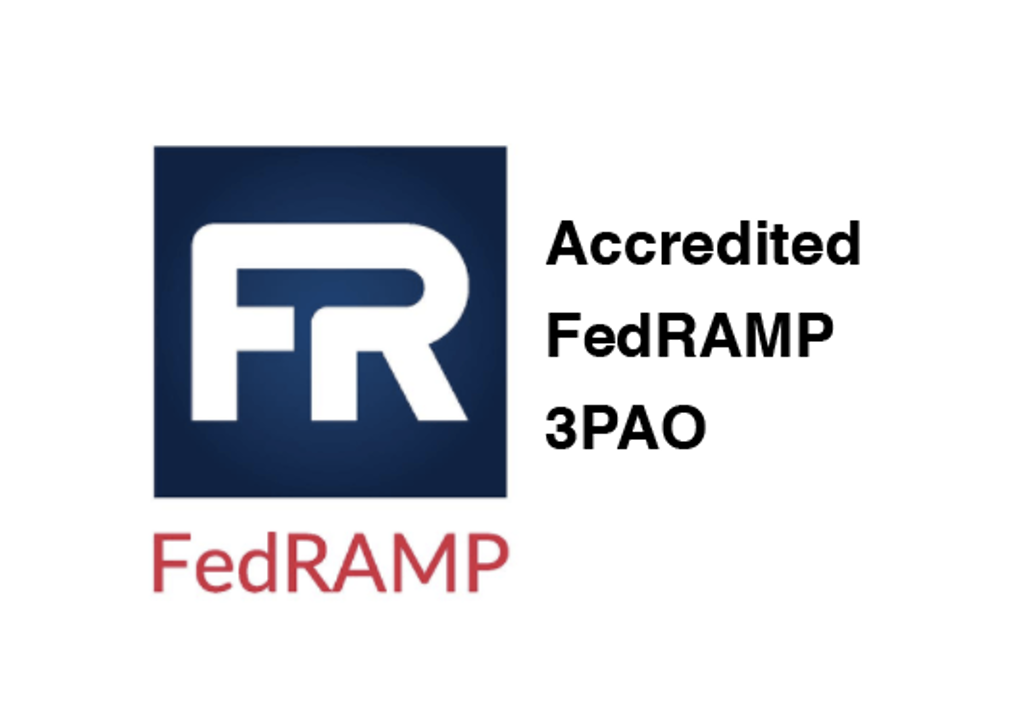Securitybricks releases the first FedRAMP accelerator built on ServiceNow platform for the recently released FedRAMP Rev 5 controls.
SAN FRANCISCO, CA, UNITED STATES, July 25, 2023/EINPresswire.com/ — Securitybricks announced today that it has launched the first FedRAMP accelerator built on ServiceNow platform for the recently released FedRAMP Rev 5 controls. It is now available on ServiceNow Store as a free download.
As an authorized FedRAMP Third-Party Assessment Organization (3PAO) and a ServiceNow Build partner, Securitybricks combined its in-depth understanding of control testing by incorporating continuous monitoring capabilities with control automation for 80% of the FedRAMP controls. The accelerator will enable Cloud Service Providers (CSPs) to reduce time for FedRAMP Authority to Operate (ATO) assessment using various data elements within their ServiceNow platform.
The accelerator comes with 320+ controls needed for FedRAMP moderate assessment and questionnaire samples built on the ServiceNow CAM (continuous monitoring and authorization). Out of the box, the accelerator comes with FedRAMP Rev 5 control content along with ability to build authorization boundary, a SSP (system security plan) and POA&M management.
Securitybricks FedRAMP solution extends the free accelerator which includes:
– Complete citations and authority documents for FedRAMP Rev 5 controls
– Content for inherited controls from Azure and AWS
– Ability to build authorization boundary using cloud workload data
– SSP document along with required FedRAMP ATO artifacts
– Connectors to AWS Security Hub and Azure Defender for cloud configuration and vulnerability data
– Supply chain controls automation
– Continuous monitoring reporting including POA&M
“We are excited to bring the first automated FedRAMP ATO solution built on the ServiceNow platform. In addition, all our solution implementations are backed by a free ‘mock 3PAO audit’ to guarantee the ATO package meets FedRAMP PMO requirements.” stated Raj Raghavan, CEO of Securitybricks.
##
About Securitybricks, Inc.
Securitybricks, Inc. is a cybersecurity consulting firm focused on cloud security and compliance. Based in the U.S., its team members are all U.S. Citizens, including military veterans, with over 15+ years of experience in implementing cybersecurity and regulatory compliance controls. https://securitybricks.io/.
About FedRAMP
The Federal Risk and Authorization Management Program (FedRAMP) is a United States federal government-wide compliance program that provides a standardized approach to security assessment, authorization, and continuous monitoring for cloud products and services. All Cloud Service Providers (CSPs) seeking to offer services to the Federal government are required to be assessed by a 3PAO.
Learn more about how Securitybricks can help you achieve FedRAMP Compliance at the FedRAMP Marketplace here.
Raj Raghavan
Securitybricks, Inc.
email us here


